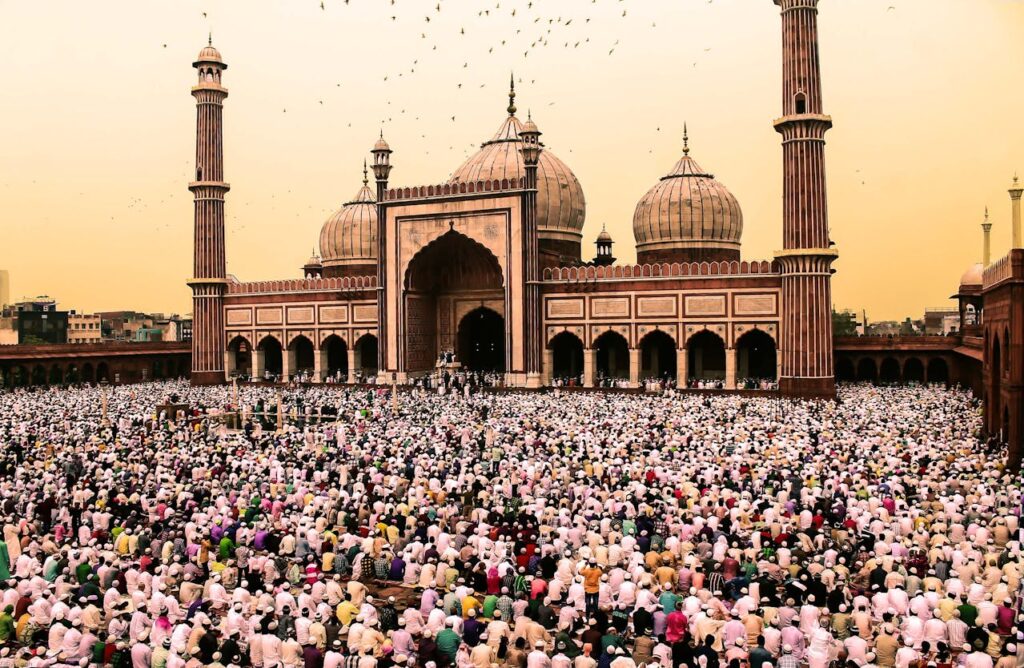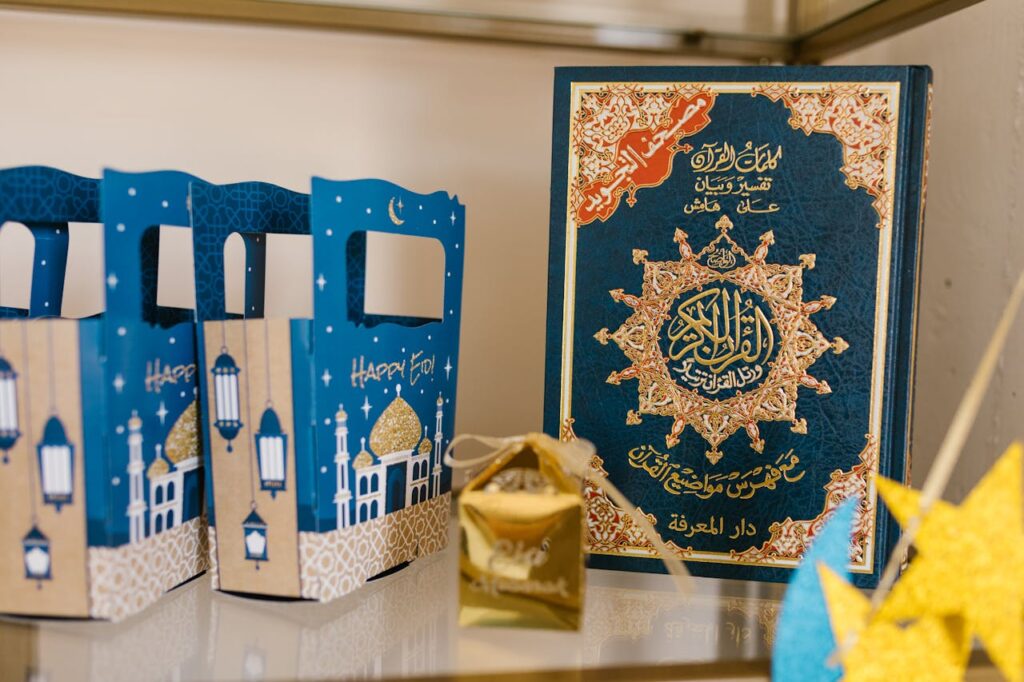Ramadan is more than just a holy month for Muslims. It’s a time of community, reflection, and celebration. For brands, it’s also a golden opportunity to connect with audiences meaningfully.
TikTok’s recently unveiled Ramadan Marketing Guide for 2025 provides a roadmap for businesses to tap into this vibrant period. It offers insights, strategies, and success stories to help brands make the most of this culturally rich season.
But why is Ramadan such a pivotal moment for marketing? And how can brands authentically engage with TikTok’s diverse user base during this time?
By the way, if you want to stay connected and know everything about social commerce and never miss a beat, join Logie today! Click here
Understanding TikTok’s Ramadan Audience
Ramadan is a time when TikTok transforms into a hub of shared traditions, cultural pride, and heartfelt connections. Users flock to the platform to explore content that aligns with their values and practices.
According to TikTok’s data, 68% of users actively search for diverse Ramadan-related content, showcasing their desire to engage with material that reflects their cultural and spiritual experiences. Food-related content dominates, with 82% of users engaging with it, as suhoor and iftar meals become central to daily routines.
Fashion and beauty also attract significant interest, with 73% of users exploring fashion content and 64% engaging with beauty topics. This reflects the importance of looking and feeling good during festive gatherings and Eid celebrations.
This heightened interest isn’t just about consumption. It’s about discovery. TikTok users are eager to find new recipes, fashion inspiration, and beauty tips that align with their Ramadan routines.

This presents a unique opportunity for brands to position themselves as part of these daily rituals. The data underscores the importance of cultural relevance. Brands that take the time to understand the nuances of Ramadan, whether it’s the significance of suhoor meals or the excitement of Eid preparations, can create content that feels authentic and relatable.
Enhanced Engagement and Consumer Behavior
Ramadan isn’t just a spiritual month. It’s also a period of heightened digital activity. TikTok reports a 2.5x increase in watch time per video during Ramadan, signaling a surge in user engagement.
But it doesn’t stop there: 1 in 2 users made a purchase after viewing Ramadan-related content on TikTok, and there was a 3.8x increase in total actions taken outside the platform, such as website visits or in-store purchases.
These statistics highlight TikTok’s influence on consumer behavior during Ramadan. The platform isn’t just a space for entertainment; it’s a driver of real-world actions.
The spike in engagement and purchasing behavior suggests that Ramadan is a prime time for brands to experiment with creative campaigns. However, success hinges on authenticity.
Users can easily spot content that feels forced or insincere, so brands must balance commercial goals and cultural sensitivity. By aligning their messaging with the values and traditions of Ramadan, businesses can build trust and foster deeper connections with their audience.
Strategic Recommendations for Brands
TikTok’s guide offers actionable strategies for brands looking to maximize their impact during Ramadan. One key recommendation is to plan.
Ramadan is a busy period, and users are inundated with content. To stand out, brands should start planning their campaigns at least a month in advance. This allows time for creative development, testing, and adjustments based on audience feedback.
Early planning isn’t just about logistics. It’s about understanding the cultural context. Brands that research Ramadan traditions and align their messaging accordingly are more likely to resonate with audiences.
Another critical strategy is to leverage TikTok’s creative tools. Platforms like the Creative Center, Symphony Creative Studio, and CapCut can help brands produce fresh and authentic content.
These tools enable businesses to tap into platform trends, experiment with formats, and create videos that align with user preferences. While tools are helpful, they’re only as effective as the strategy behind them. Brands should focus on storytelling that reflects the spirit of Ramadan, whether through heartfelt narratives or lighthearted, festive content.
Engaging with communities is also essential. TikTok’s diverse user base means there’s no one-size-fits-all approach to Ramadan marketing. Brands should create content that speaks to different audience segments, from foodies to fashion enthusiasts. Collaborating with creators with deep connections to their communities can amplify a brand’s reach and credibility. Inclusivity is key.
Ramadan is celebrated differently across cultures and regions, so brands should avoid generic messaging. Instead, they should highlight how people observe the month, fostering a sense of belonging and connection.
Finally, TikTok recommends using Smart+ Campaigns, its AI-powered performance solutions. These tools can help brands automate campaign management, optimize targeting, and refine creative strategies.
While AI can streamline processes, it shouldn’t replace human creativity. Brands should use these tools to enhance their campaigns, not as a substitute for genuine, culturally relevant content.

Success Stories
TikTok’s guide highlights several brands that successfully leveraged the platform during Ramadan. One standout example is the Children with Disability Association (CWDA), which created authentic content and used Spark Ads to achieve 22 million video views, 70,000 profile visits, and 52,000 favorites.
Their campaign boosted visibility and fostered a sense of community and support. Another success story is Oud Alyafie, a fragrance brand that collaborated with creators and used automated targeting to grow its follower base.
The result? 14,700 new followers and a 6.97% increase in follower count, proving the power of strategic partnerships and data-driven campaigns.
Bostani Chocolatier also made waves with its vibrant TikTok campaign. By featuring in-house videos with trending music, the brand saw a 15% increase in web traffic, a 20% boost in sales, and a 35% growth in followers.
These examples demonstrate that brands can achieve both engagement and tangible business outcomes during Ramadan with the right approach.
The Importance of Authenticity and Cultural Sensitivity
Marketing experts emphasize the importance of authenticity and cultural sensitivity in Ramadan campaigns. Ezz Damak, a marketing strategist, highlights that influencer collaborations can enhance brand strategy during Ramadan.
He suggests that brands should “discover how influencers can enhance your marketing strategy for Ramadan 2025,” as creators often deeply understand their audiences and can help brands craft messages that resonate.
Similarly, Ayat Aggag, a social media strategist, notes that successful Ramadan ads are “built on insights and relatable content,” underscoring the need for brands to align their messaging with audience values.
These insights reinforce the idea that Ramadan marketing isn’t just about selling products but building relationships. Brands that approach the month with respect, empathy, and a genuine desire to connect will find themselves welcomed into the hearts and homes of their audience.
TikTok’s Ramadan Marketing Guide for 2025 offers valuable insights and tools for brands aiming to connect meaningfully with audiences during this significant period.
By understanding user behavior, leveraging creative resources, and engaging authentically, businesses can enhance their presence and drive impactful results on the platform.
Ramadan is a time of togetherness, and brands that embrace this spirit while staying true to their values can create campaigns that resonate long after the month ends. Whether through heartfelt storytelling, innovative content, or strategic collaborations, the opportunities are endless for those willing to put in the effort.











